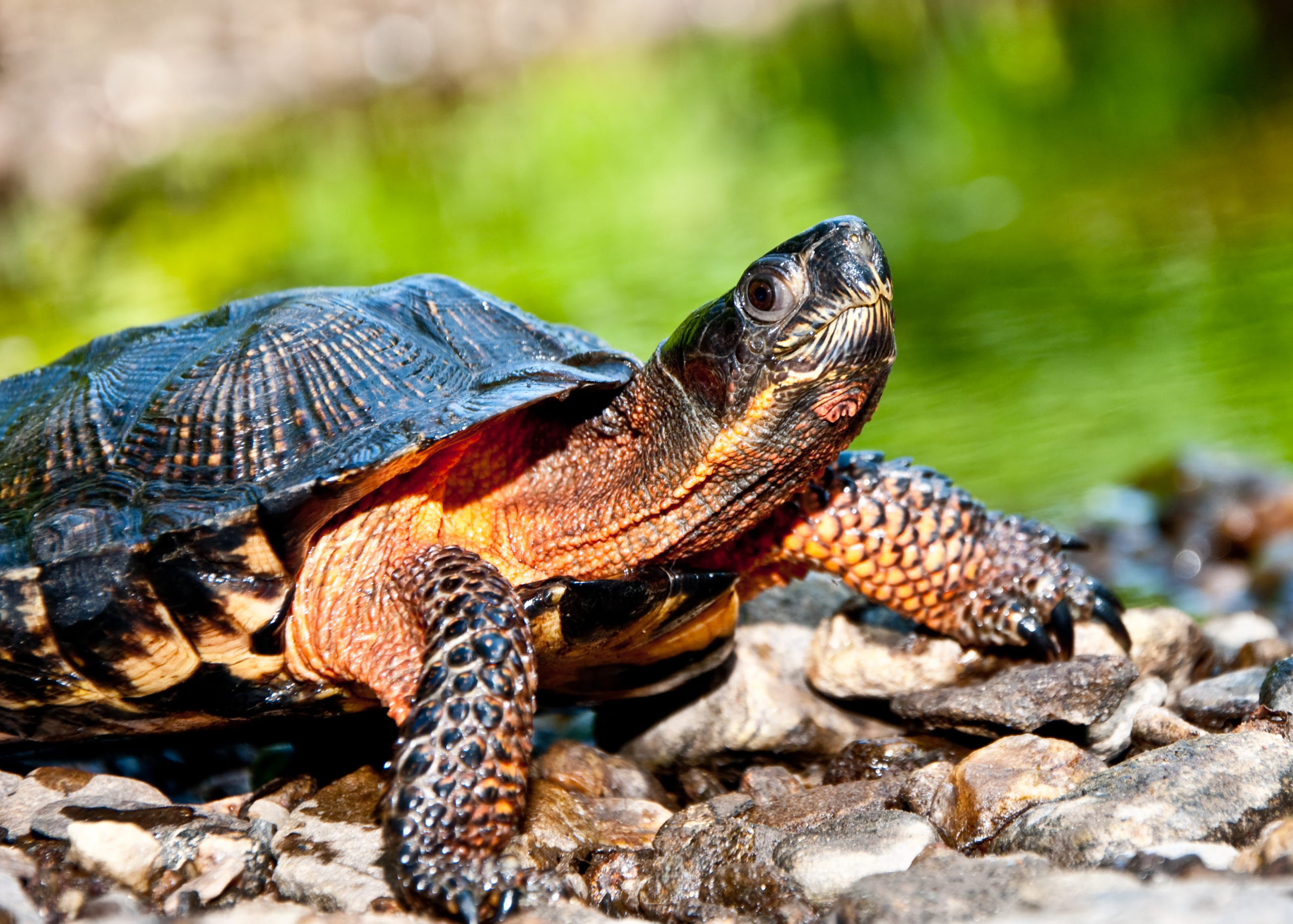New Brunswick
Considering New Brunswick has one of the worst provincial scores on ecological representation and poorly protected physical habitats with high climate refuge and carbon storage value, the province could create incredible benefits for wildlife and climate change with new, strategic protected areas.


